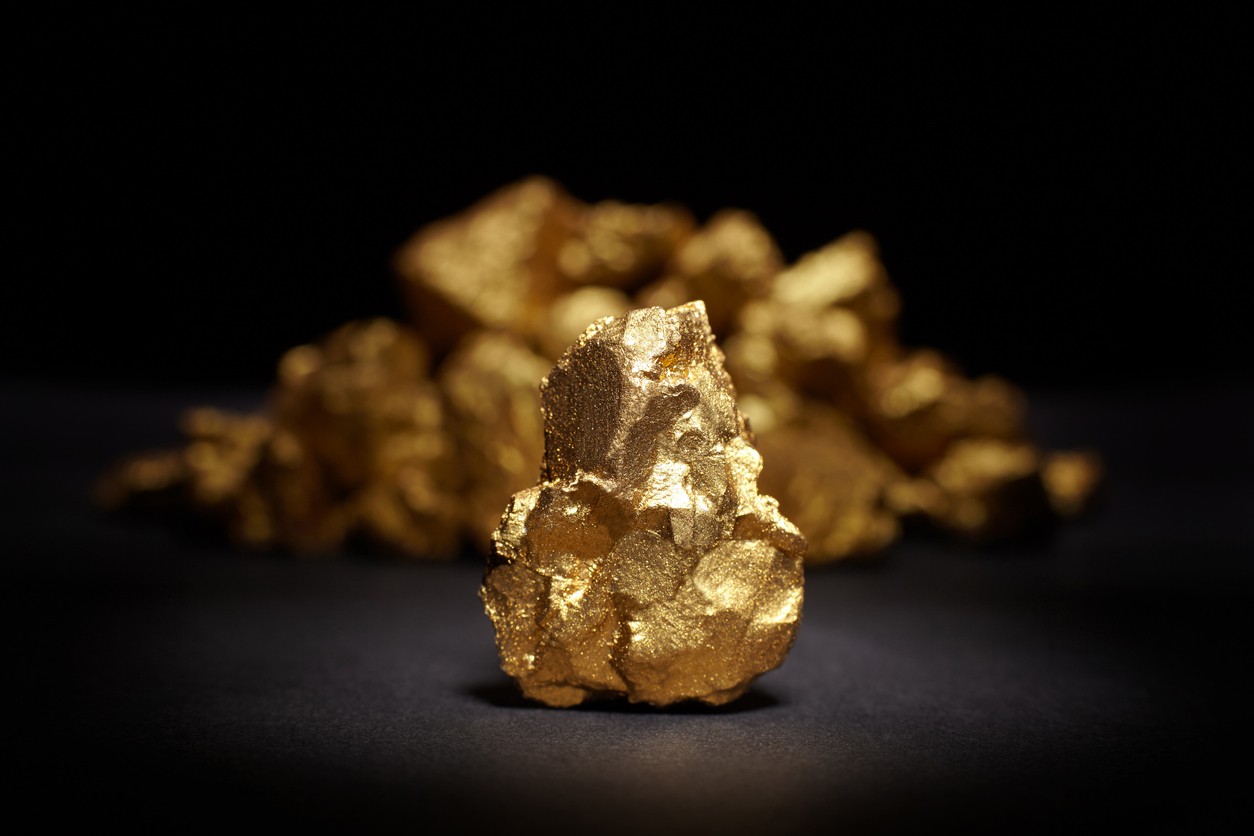In March of this year, Uzbekistan made headlines as the world’s largest seller of gold. The country sold 11 tons of this strategic asset in order to bolster its reserves during a time of increasing government debt and state budget deficits. According to independent economist Yuli Yusupov based in Tashkent, the move was made due to a trade deficit, budget deficit, and the high price of gold amidst geopolitical instability.
As of May 1, Uzbekistan’s foreign exchange reserves stood at $34.2 billion, with $26.5 billion of that being gold. Despite exporting an average of 100 tons of gold each year with plans to increase that amount to 150 tons, Uzbekistan’s “financial safety cushion” decreased slightly by $1.2 billion by the end of 2023. While gold reserves may last 20-30 years at this rate, Uzbekistan is also developing new mines such as the Yoshlik mine which may hold up to 5,000 tons of gold. However, analysts warn that relying solely on the sale of gold is not a long-term solution and instead suggest that the country should focus on developing industrial production, services and exporting goods with high added value.
Uzbekistan’s increasing dependence on gold points to underlying troubles in the economy despite notable reforms under President Mirziyoyev. While these reforms have attracted foreign investors they have also led to a rise in external debt which stood at $31.7 billion at the end of 2023 representing 35.1% of the country’s GDP which is significant increase from the 10-15% range seen during Islam Karimov’s presidency

